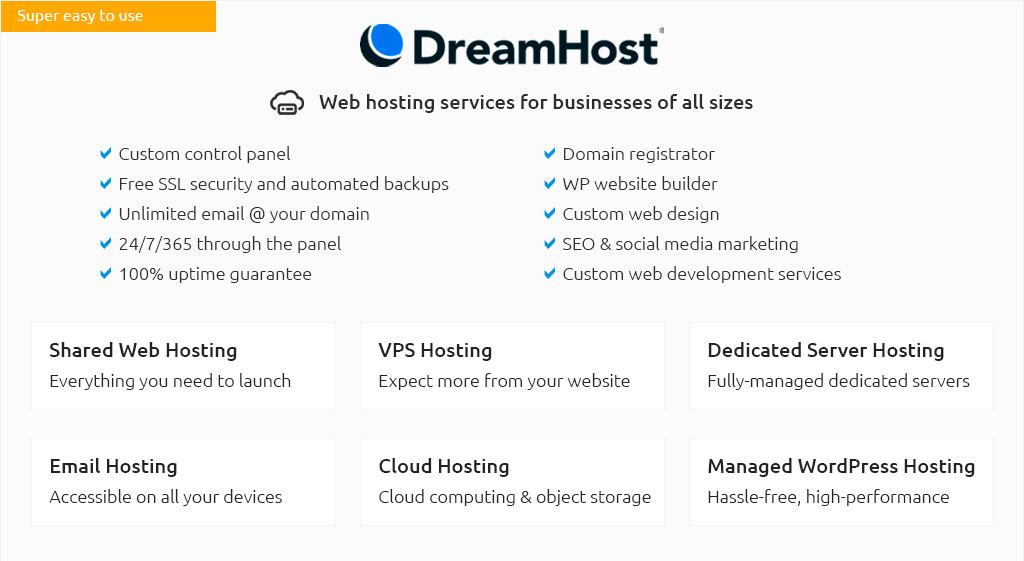 |
|||
 |
 |
 |
|
 |
|
 |
 |
 |
|||
 |
|||
 |
|||
 |
|||
 |
|||
 |
|||
 |
 |
Exploring Linux VPS with GUI: A Beginner's GuideIn the vast and ever-evolving realm of technology, choosing the right tools for your personal or business projects can seem daunting, especially when it comes to selecting a virtual private server (VPS) that suits your needs. A Linux VPS with a graphical user interface (GUI) offers an accessible entry point for beginners who may find command-line interactions challenging or intimidating. This guide aims to illuminate the path for those new to this domain, offering insights into the benefits and setup process of a Linux VPS with GUI. First, let's demystify what a VPS is. A VPS is a virtualized server that mimics a dedicated server within a shared hosting environment. It provides the best of both worlds by offering the independence of a dedicated server with the cost-effectiveness of shared hosting. Running on Linux, a VPS is known for its stability, security, and open-source nature, making it a favored choice among developers and tech enthusiasts. Adding a GUI to your Linux VPS can significantly enhance user experience, particularly for beginners. While the command line is powerful and efficient, it has a steep learning curve. A GUI, on the other hand, offers an intuitive, visually-driven interface that can streamline tasks such as file management, software installation, and system monitoring. So, why opt for a Linux VPS with a GUI? Here are some compelling reasons:
Setting up a Linux VPS with a GUI involves several steps, but the process is straightforward. Begin by selecting a reputable VPS provider that offers Linux distributions such as Ubuntu, CentOS, or Debian. Once your VPS is up and running, you'll need to install a desktop environment like GNOME, KDE, or Xfce, which provides the graphical interface. This can typically be achieved through package managers like APT or YUM, depending on your distribution. Following installation, you may need to configure a remote desktop protocol (RDP) to access your GUI remotely, with options such as VNC or XRDP being popular choices. As you embark on this journey, it's worth noting that while a GUI offers many advantages, it also consumes more resources than a purely command-line interface. Therefore, it's essential to balance usability with performance, particularly if your VPS has limited resources. Ultimately, whether you're managing a personal project or exploring server management for the first time, a Linux VPS with a GUI can be an empowering tool, bridging the gap between novice and expert. In conclusion, a Linux VPS with a GUI can transform the way you interact with server technology, making it more approachable and less intimidating for beginners. By providing a user-friendly interface, it opens the door to new possibilities, allowing you to harness the full potential of Linux without the initial hurdle of mastering the command line. As you grow more comfortable with the system, you might find yourself venturing into the command line, leveraging the full spectrum of capabilities that Linux offers. Remember, the journey of mastering technology is as much about the tools you use as it is about the curiosity and passion you bring to the table. https://bitlaunch.io/blog/how-to-install-a-gui-on-your-ubuntu-vps-in-minutes/
We're going to show you how to install a GUI on your Ubuntu VPS so that you can get back to familiar functioning. https://serverfault.com/questions/359752/is-it-possible-to-install-gui-on-ubuntu-vps-then-do-remote-desktop-from-windows
Usually an Ubuntu VPS does not come with a graphical desktop environment or a VNC server installed, so you must first install those. To use the ... https://www.veeble.com/kb/install-gui-ubuntu-vps/
This guide provides a comprehensive step-by-step approach to easily set up a graphical interface on your Ubuntu Virtual Private Server.
|